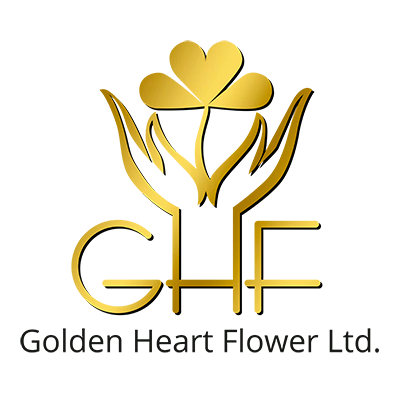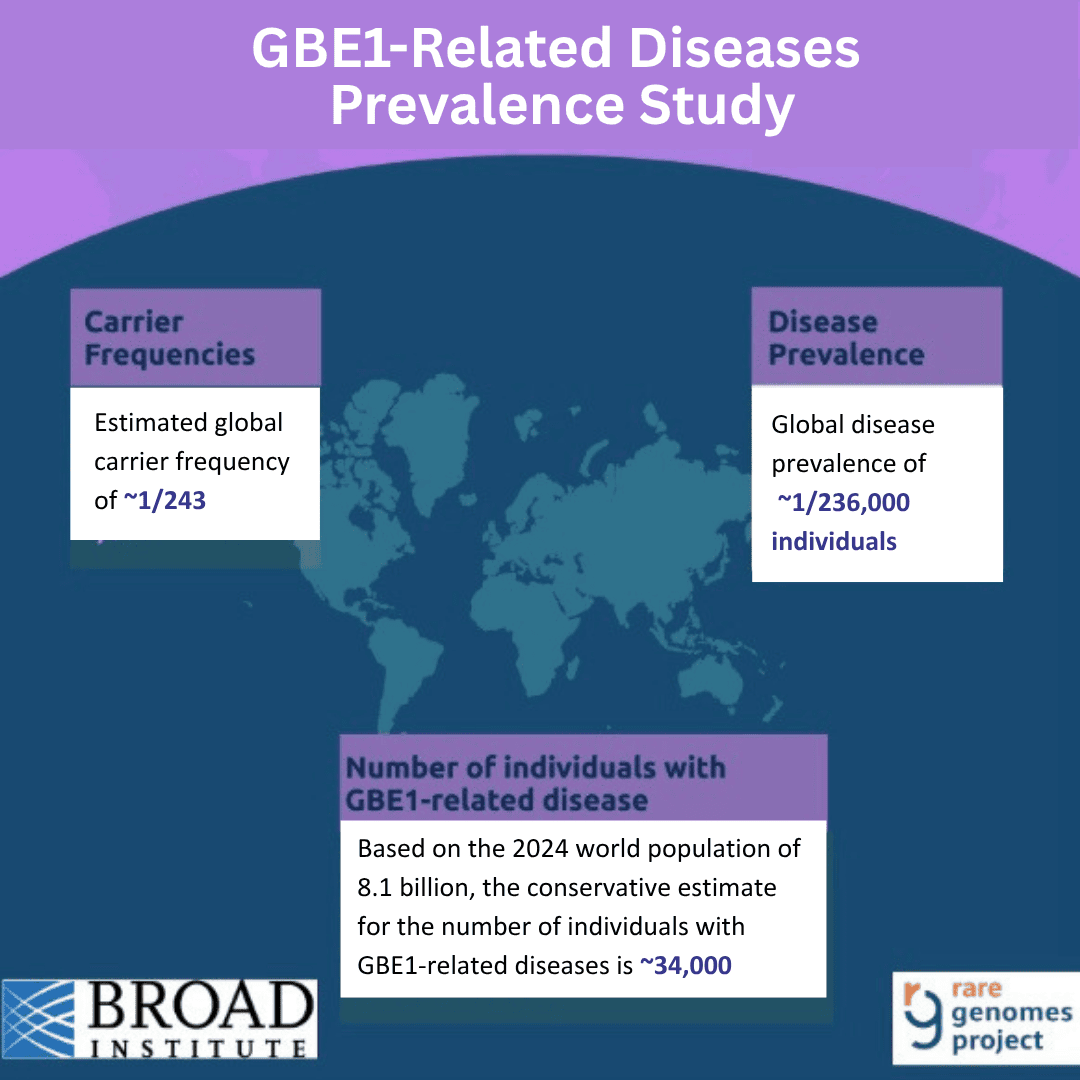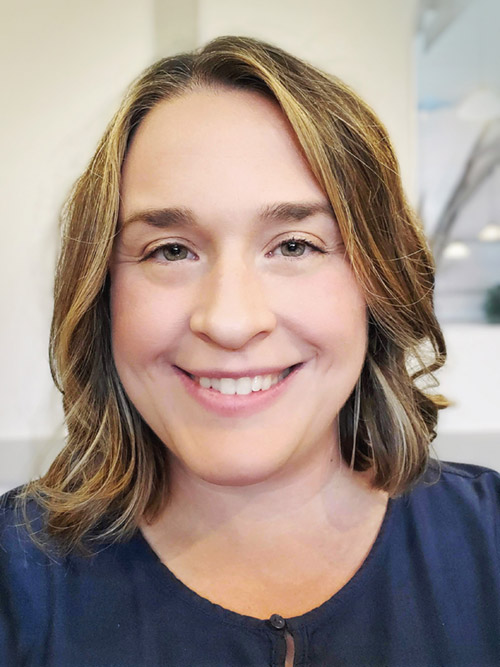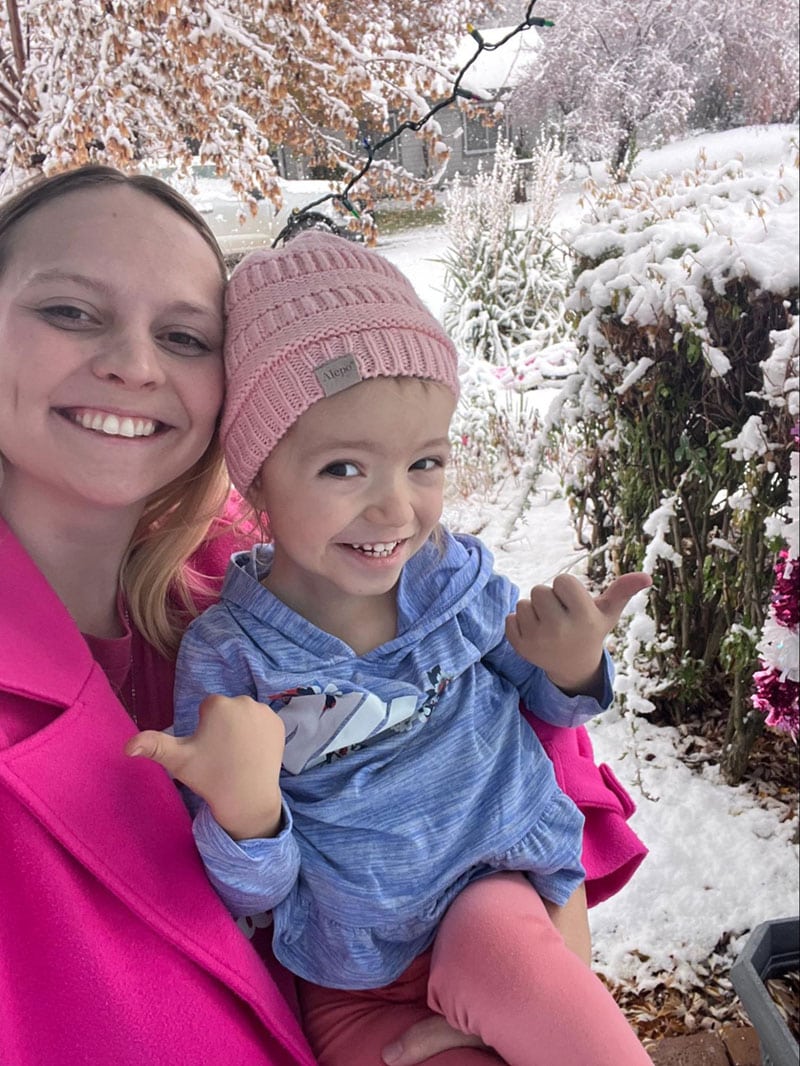The APBD Research Foundation and the Orphan Disease Center, part of the Perelman School of Medicine at the University of Pennsylvania, are pleased to announce the recent winners of two ‘Million Dollar Bike Ride’ research grants. These important research grants will be applied to promising studies that are investigating ways to slow progression and ultimately find a cure for APBD.
Thanks to the many generous supporters of the 2019 Bike Ride, more than $105,000 was raised to fund biomedical research to combat APBD. A total of 33 bike riders rode the streets in their hometowns to support the cause. The Million Dollar Bike Ride is part of the Penn Medicine Orphan Disease Center’s initiative to raise funds for much-needed research for 27 rare diseases.
Grant funds were released on January 1, 2020, to:
Dr. Baodong Sun, Duke University School of Medicine. Dr. Sun will receive the Million Dollar Bike Ride grant to refine his work on AAV-mediated gene therapy for APBD. AAV or adeno-associated viral vector is a proven technique that can effectively deliver a healthy GBE1 gene (the glycogen producing gene) into the central nervous system, muscle, and liver. Gene therapy with AAV vector has shown great potential for single gene genetic conditions such as APBD. A major challenge for AAV therapy is the onset in patients of a strong immune reaction against the therapeutic gene product, which limits the therapy’s effectiveness. Dr. Sun proposes to introduce a normal mouse Gbe1 gene into a mouse model of APBD with the expectation that the immune reactions will be prevented. Dr. Sun hopes that clinical researchers will take human GBE1 gene into patients with the anticipation that immune reactions will be eliminated.
Dr. Or Kakhlon, Hadassah Medical Center. Utilizing an extensive screening program, Dr. Kakhlon has discovered several compounds with the potential to reduce polyglucosan bodies from cells derived from APBD patients. Dr. Kakhlon’s Million Dollar Bike Ride grant will focus on the development of compounds D and E. Each compound is unique and may potentially be used in combination therapy to provide synergy with the earlier discovered compound A. Alternatively, in poor responders, these may also serve as an alternative to compound A. Dr. Kakhlon plans to test injected compounds D and E in mouse models of APBD for enhanced mobility and reduced accumulation of polyglucosans. He will also test oral administration of D and E in mouse models of APBD in preparation for eventual drug development.
“We have made impressive progress in advancing research through our participation in The Million Dollar Bike Ride. In the past four years we have had more than 85 riders participate in the bike ride, and we have raised more than $418,000 to fund research,” said Emil Weiss, President of the APBD Research Foundation.
The APBD Research Foundation’s mission is to improve the diagnosis and treatment of APBD, support individuals and families affected by the disease, and to increase awareness of APBD among health professionals and the public (www.www.apbdrf.org).
The mission of The Orphan Disease Center is to develop transformative therapies using technologies that can be deployed across multiple rare diseases. The Center emphasizes disorders with substantial unmet need independent of their incidence and strives to assure access to all patients (http://orphandiseasecenter.med.upenn.edu/).
###





